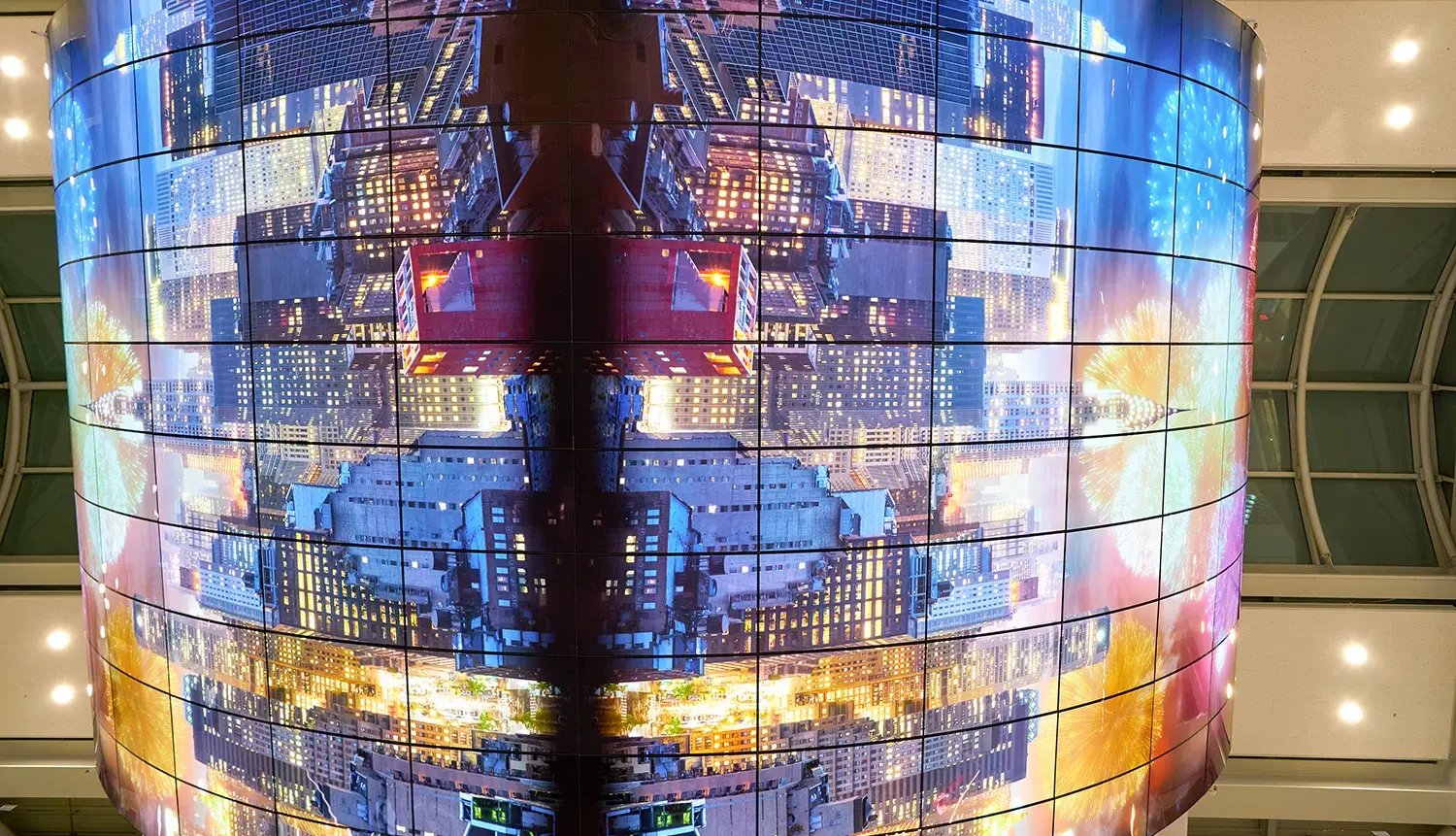The Role of OLED in Creating Bendable Screen Technology

Advancements in screen technology have taken leaps and bounds in recent years. Among the most innovative developments is the emergence of bendable screen technology, made possible by OLED displays. This groundbreaking technology is reshaping various industries, from consumer electronics to automotive design. Let's dive into how OLED displays are revolutionizing the future of screen technology.
What Are OLED Displays?
OLED (Organic Light Emitting Diode) displays are a type of display technology that uses organic compounds to emit light in response to an electric current. Unlike traditional LED displays, OLED displays do not require a backlight, making them thinner, more flexible, and capable of deeper blacks and more vibrant colors.
The Science Behind Bendable Screen Technology
Flexibility and DurabilityOne of the key attributes of OLED displays is their flexibility. The organic materials used in OLED displays are inherently flexible, allowing these screens to be bent, folded, or rolled without damage. This flexibility is critical for developing bendable screens that can adapt to various shapes and uses.
Lightweight and Thin DesignOLED displays are significantly thinner and lighter than traditional screens. This thinness is due to the absence of a backlight and the use of lightweight organic materials. The result is a display that can be integrated into a wide range of applications where weight and space are critical factors.
Applications of Bendable OLED Displays
Consumer ElectronicsIn the realm of consumer electronics, bendable OLED displays are opening new possibilities. Smartphones with foldable screens are becoming increasingly popular, offering users larger screen sizes in compact devices. Tablets and laptops are also integrating flexible OLED displays, enhancing portability and user experience.
Automotive DisplaysThe automotive industry is another sector benefiting from bendable OLED technology. Transparent OLED displays can be used in car windows, allowing for that provide drivers with essential information without obstructing their view. Additionally, dashboard and interior displays are becoming more versatile and adaptive to different designs and user needs.
The Rise of Transparent OLED Displays
Transparent OLED displays are a subset of OLED technology that offers see-through screens, adding a futuristic touch to various applications. These displays maintain high image quality while allowing light to pass through them, making them ideal for augmented reality applications and innovative advertising solutions.
Augmented RealityIn augmented reality, transparent OLED displays can be used in eyewear, providing users with information overlays without obstructing their view of the real world. This technology has significant potential in industries such as healthcare, where it can be used in surgical procedures, and in education, where it can enhance interactive learning experiences.
Innovative AdvertisingTransparent OLED displays are revolutionizing advertising by enabling dynamic and interactive content in store windows or glass panels. These displays can attract customers' attention with vibrant images and videos while still allowing them to see the products behind the glass.
Advantages of OLED Displays Over Traditional Displays
Superior Image QualityOLED displays offer superior image quality compared to traditional displays. They provide better contrast ratios, more accurate colors, and faster response times. The ability to turn off individual pixels results in true blacks and a more immersive viewing experience.
Energy EfficiencyAnother advantage of OLED displays is their energy efficiency. Since they do not require a backlight, they consume less power, which is particularly beneficial for battery-operated devices like smartphones and laptops.
Future Prospects of Bendable OLED Displays
The future of bendable OLED displays looks promising as technology continues to evolve. Researchers are exploring ways to enhance the durability and flexibility of these displays further. With ongoing advancements, we can expect to see even more innovative applications across various industries.
Expanding Beyond ScreensBeyond traditional screen applications, OLED technology is being explored for use in lighting, wearable technology, and even textiles. This versatility opens up a world of possibilities for integrating OLED displays into everyday objects, making our lives more connected and interactive.
Embracing the Future with OLED Displays with E3 Displays
E3 Displays stands at the forefront of OLED innovation, driving the development and integration of cutting-edge display technologies. Specializing in small OLED displays and transparent OLED displays, E3 Displays provides customized solutions tailored to meet the unique needs of various industries. Our expertise in OLED technology ensures high-quality, durable, and versatile displays that set new standards in performance and design. By partnering with E3 Displays, businesses can leverage the latest advancements in OLED displays to create revolutionary products and experiences, solidifying their position as industry leaders in an ever-evolving market.
-
December 23, 2025

.png)
-1.png)
.png)
.png)
.png)